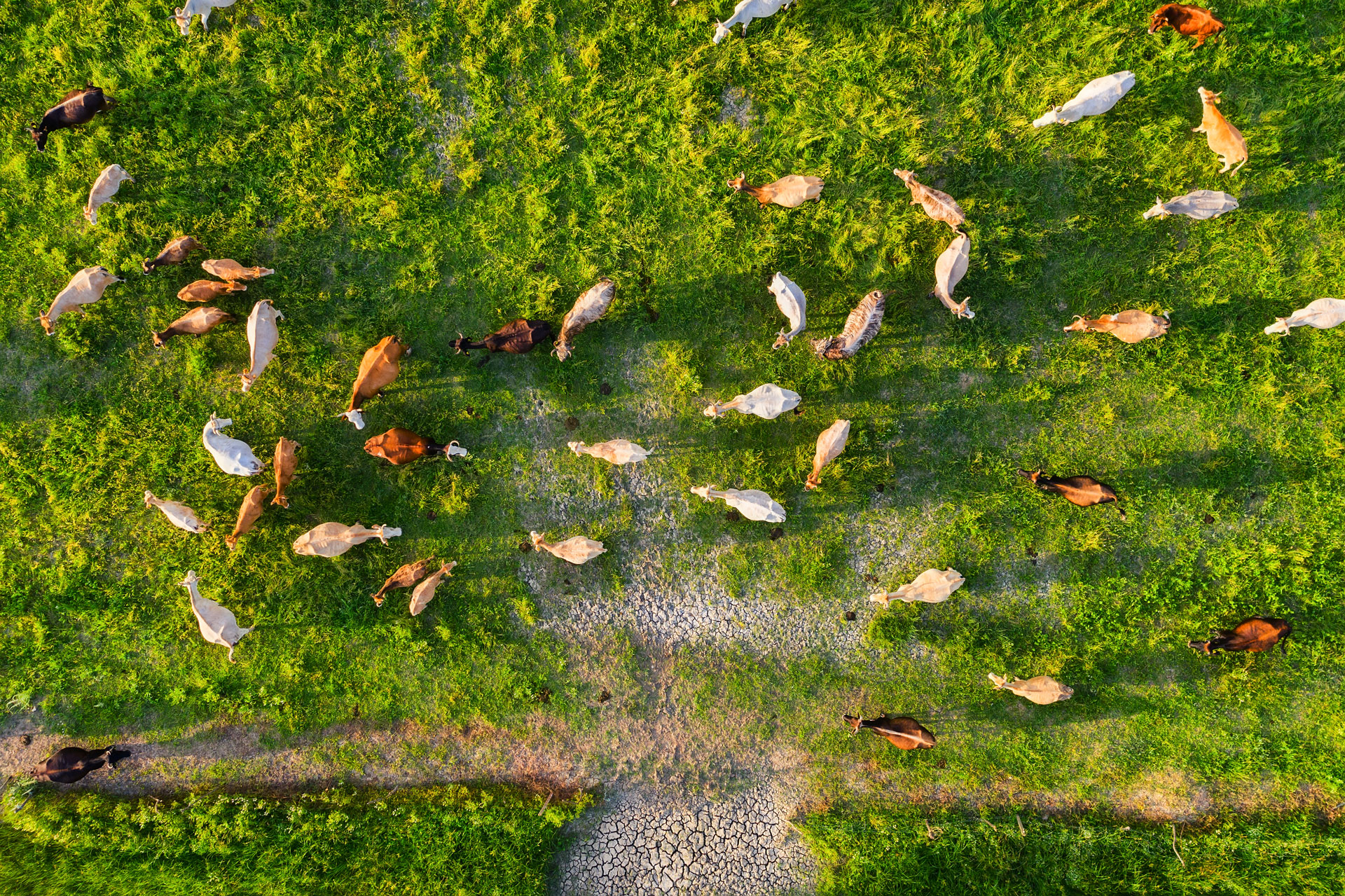This bushfire response information is designed to help you make practical decisions about looking after and managing your livestock, focusing on the steps after the immediate response.
Short-term actions
Look after yourself and your neighbours
It is important to look after yourself and your family in the immediate aftermath of an emergency. Look out for your neighbours and friends and makes sure they are coping as well.
Anyone affected by the bushfires and suffering personal hardship and distress should call the Vic Emergency Hotline on 1800 226 226 to find out about the assistance available.
Assessing livestock
If livestock are injured during a fire, seek help immediately from the local departmental staff or your livestock veterinarian.
Farmers wishing to report livestock impacted by fire should contact Agriculture Victoria on 03 5336 6721.
It is best to seek professional help as soon as possible to minimise the suffering of unsalvageable animals and reduce the unnecessary destruction of animals that can survive with some nursing.
If help is not at hand and for those who are experienced with firearms and euthanising stock, consider putting animals down that are unconscious, unable to rise or are displaying signs of severe respiratory distress. It is important to keep accurate records, such as photos, of destruction for insurance purposes and have them verified by an independent third party.
The following resources provide information about assessing and managing stock after a fire:
- Humane destruction of stock, DPI NSW
- Assessing cattle after a bushfire, Agriculture Victoria
- Assessing sheep after a bushfire, Agriculture Victoria
Disposing of livestock
It is important to dispose of dead stock in a manner that is not going to cause future problems with contamination of waterways or aquifers and to prevent scavenging. This is usually coordinated by local council authorities and Agriculture Victoria staff for farm burials the following link gives useful guidelines.
- Disposing of carcasses after bushfire, flood or drought, Agriculture Victoria
Getting organised immediately after a natural disaster
Dairy Australia provides a range of tools to help you organise tasks immediately after a natural disaster including a ‘Recovery priority checklist’ and milking through power outages.
- Preparing and managing extreme weather events, Dairy Australia
Stray livestock
Treat returning stock as you would any new stock or stock returning from agistment according to your biosecurity plan. They are a risk of bringing disease and pests onto your farm. Stray stock from neighbours can also be a biosecurity threat. If possible, keep them separate from your stock and record tags.
PIC numbers can help in identifying where animals originated, and Agriculture Victoria can help you trace ownership.
Medium-term actions
Fixing fences and feeding livestock
It is important to consider how you are going to keep animals fed and watered in the medium-term. It is a good idea to seek help in this situation with feed budgets, cash flow and the return of the property to productivity. If needing to re-fence, use it as an opportunity to decide about redesigning paddocks, laneways and quarantine or stock introduction areas.
The options for dealing with limited feed-on-offer are agistment, buying in feed where required, selling stock and emergency slaughter. Emergency slaughter for affected animals is a possibility but is usually logistically difficult and most abattoirs are not interested or are running to capacity with other stock. Decisions on emergency slaughter should consider welfare as a priority.
Bringing in fodder brings with it risks of introducing weeds, pests and chemical contaminants or residues. You should always ask for a Commodity Vendor Declaration and feed out in narrow and well-defined areas so it is easier to monitor emergence and control, weeds after the autumn break.
Feeding to keep animals alive will follow the same procedure as you would in a drought feeding situation. Use of a containment areas or sacrifice paddocks is important to allow recovery, control of weeds and management of animals during the time pastures and farm infrastructure is returned to something approaching normal. Agriculture Victoria has developed specific information about feeding livestock when feed is limited.
- Commodity Vendor Declaration (PDF), Safemeat
- Drought Feeding Guide Sheep (PDF), Agriculture Victoria
- Drought Feeding Guide Beef Cattle (PDF), Agriculture Victoria
- Stock containment areas for emergencies, Agriculture Victoria
Water
It is important to supply water of sufficient quality and quantity in the immediate and longer-term after a fire. Dams can become heavily polluted after fire when rain causes excessive runoff of ash and other organic matter. You can reduce this reducing this risk with sediment fencing.
For more information on water in the recovery period visit:
- Water quality for farm water supplies, Agriculture Victoria
- Building a sediment fence (PDF), Agriculture Victoria
Agistment
Agistment can be a convenient solution to overcome short to medium term feed deficits. It is important to consider any biosecurity risk, have a clear understanding and written agreements on responsibilities for care, feeding and return of stock with the landowner BEFORE moving stock.
Pasture and crop recovery
The recovery of fire affected pastures will depend on a number of factors: type of pasture, stage of growth, follow-up rain and heat of the fire. It is important to assess this reasonably accurately to allow decisions on whether to resow or not. Seek help from an agronomist where needed. For a quick guide on pasture recovery after fire:
- Pasture recovery after a fire, Agriculture Victoria
